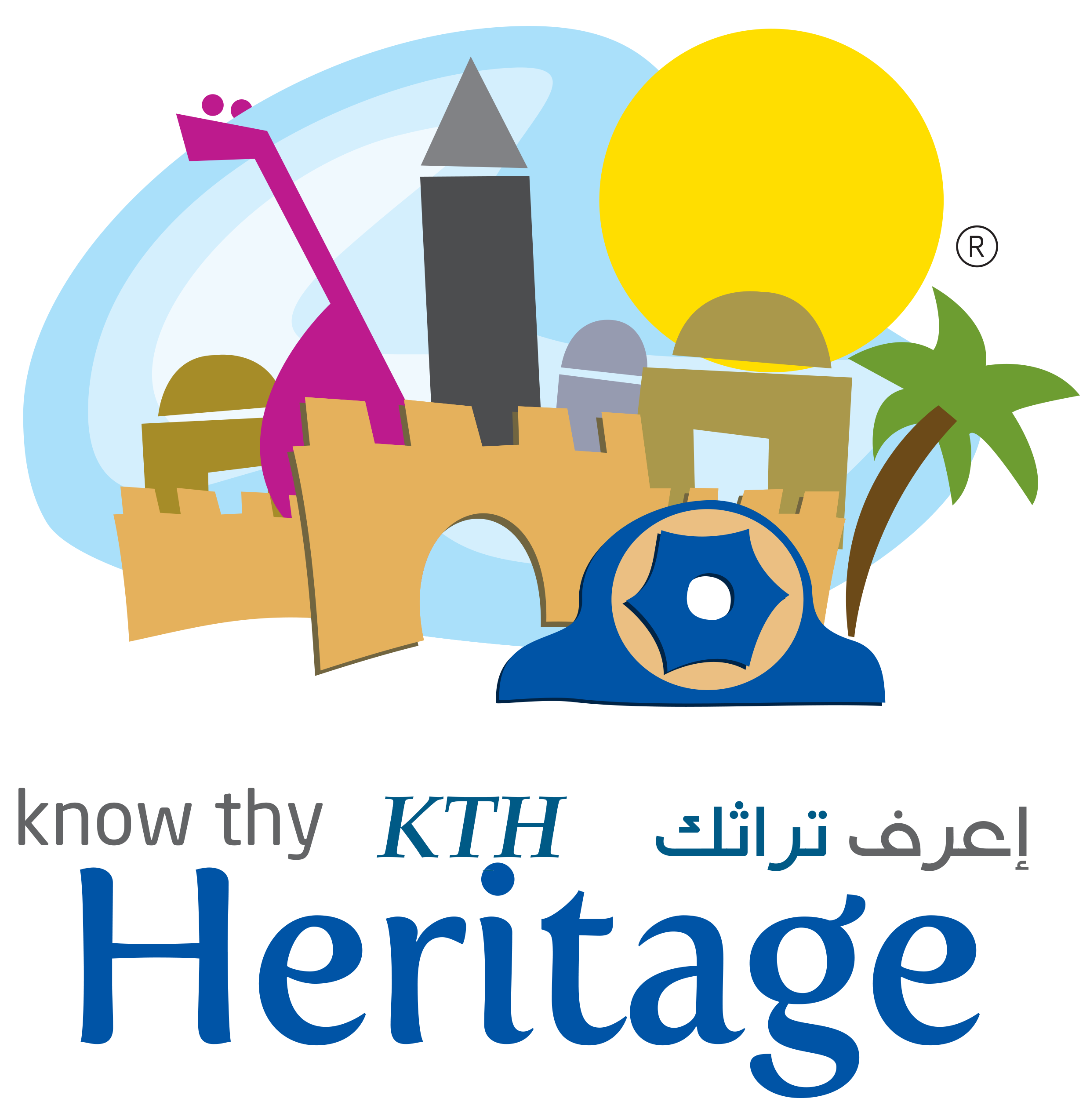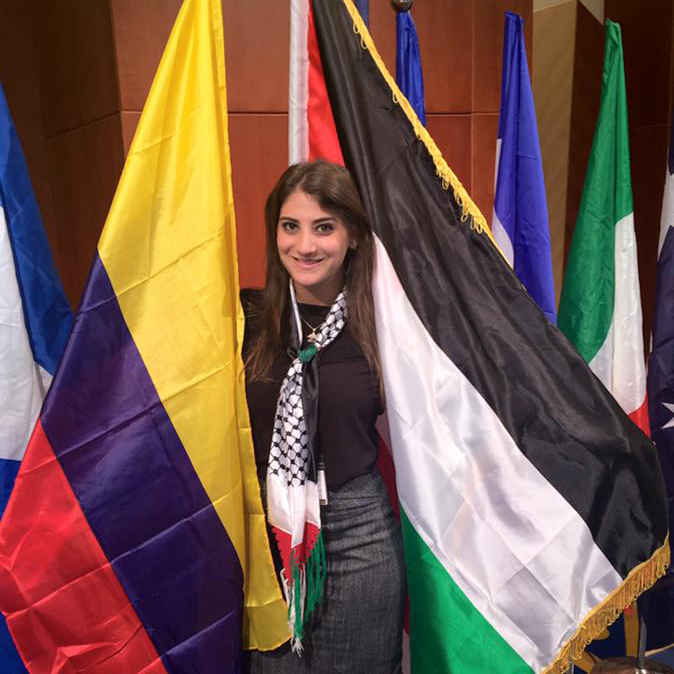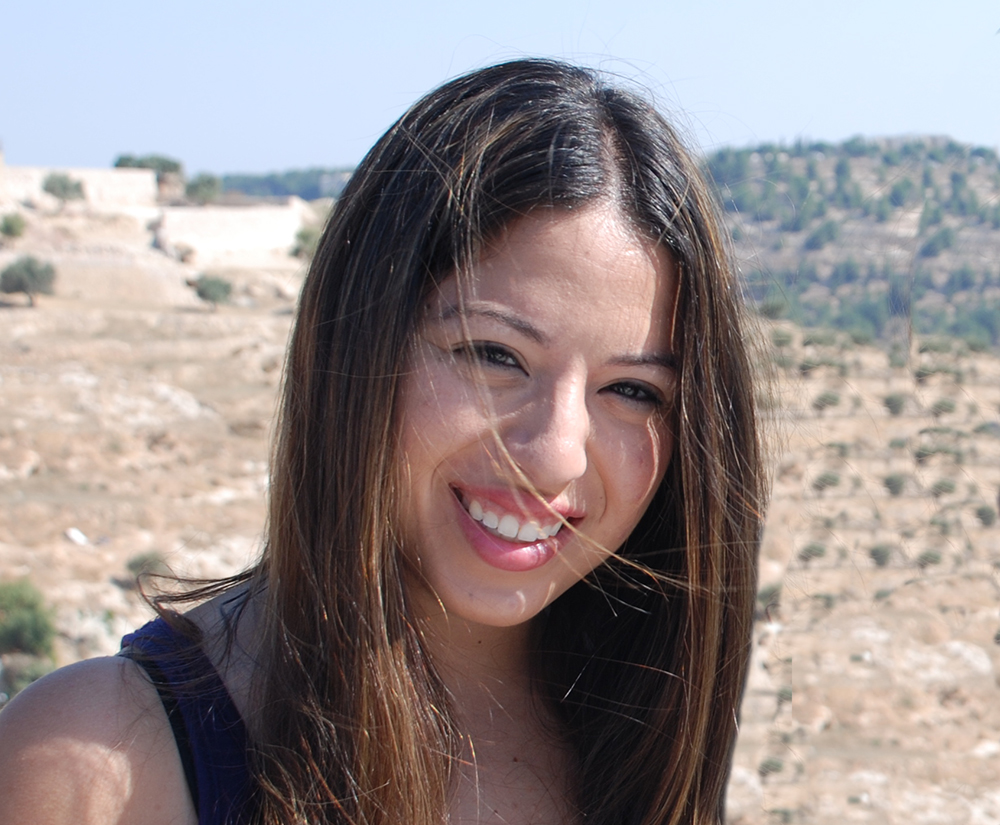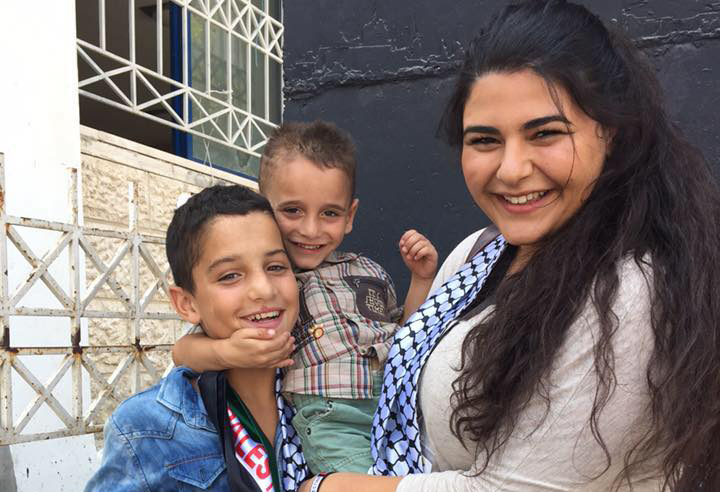Coexistence and Resistance
– Odette Y.
Our first day of the Know Thy Heritage leadership program began in Bethlehem early in the morning so that we could all attend both the Catholic and Orthodox masses at the Church of the Nativity, as well as visit the Mosque of Omar just across Manger Square. Walking in between the holy sites of two of the most important religions in the world truly makes you feel like you are walking on holy land. As a delegation of young diaspora Palestinians from different faiths, these visits enhanced our understanding of both our own faith and faiths of our fellow Palestinians. Recalling the message of Archbishop Atallah Hanna in his welcoming speech upon our arrival to Bethlehem, Palestine is a symbol of coexistence and harmony between faiths for the entire world. Today, those words seemed to gain all their meaning and we — as Palestinians in the diaspora — felt like both a family and a whole nation.
After visiting Shepherd’s Field in Beit Sahour, we headed south to Hebron, driving through settlements and vineyards, passing IDF control towers and minarets. Our visit to Hebron taught all of us a very important lesson: Even though symbols of resistance and resilience can be found throughout Palestine, there’s no better place to truly understand life under occupation and people’s struggle to survive than in Hebron, or El Khalil. A bustling big city known for its mercantile tradition, Hebron welcomed us with open and generous arms. The mayor of the city shared with us the latest situation on the ground in the city before joining us for lunch. Afterwards, we were able to bear witness to the entrepreneurial and creative spirit of our people in Hebron’s Al Jabrini Diary and Foods Industries. We all felt immensely proud to read the tag “Made in Palestine” on a wide variety of export quality products.
“There’s no better place to truly understand life under occupation and people’s struggle to survive than in Hebron.”
As we headed to the old city of Hebron, we began to experience the occupation first hand: checkpoints, soldiers, schools and settlements in and around the most ancient and beautiful quarter of the city. We saw what was once a busy souk full of species, meat, poultry, crafts, sweets and textiles now barely alive and struggling to regain its past glory. Despite this, our Palestinian brothers and sisters remain steadfast. All kinds of sweets are still baked in the few pastries left, the Women of Hebron cooperative continues to preserve the famed tradition of Palestinian embroidery, and the souvenir shops that remain outside the Ibrahimi Mosque stand as proof of our attachment and commitment to the land of our ancestors. But as the city center continues to function despite the occupation, challenges persist. Shuhada Street is closed and the Ibrahimi Mosque is still cut in two (one side for Palestinians, the other for Israeli settlers).
Yet even despite these crippling challenges, the Palestinians in Hebron are resisting through different, constructive and peaceful means. They are patiently waiting for us in the diaspora to come back and give back to Palestine.
Odette is a Know Thy Heritage 2015 delegate from Barranquilla, Columbia. Her family is originally from Bethlehem.





